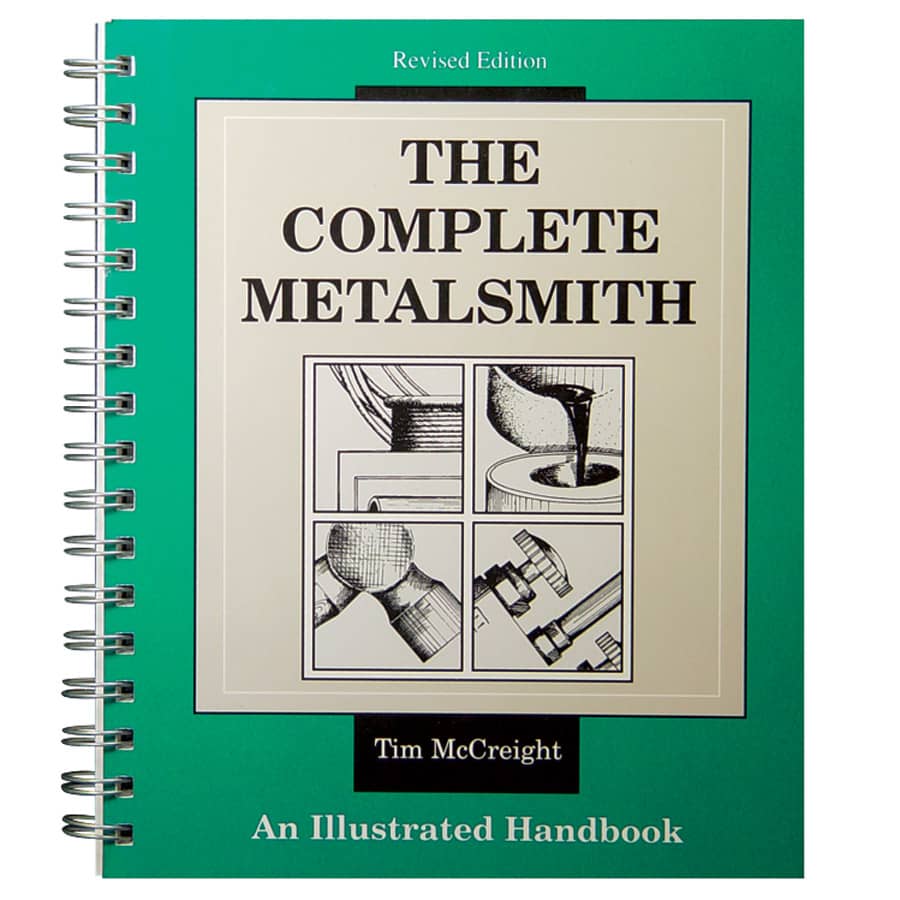brennon272
Member
Since the drawing section here is read only, I am a newbie wondering what drawing skills are important to have? Are there things that are essential that do carry over to engraving? Things that do not? I have recently bought some drawing materials and want to learn the necessary skills that will carry over to engraving while I save up for a Lindsay Palm Control. Additionally, I have purchased Sam's "The Essential Guide to Drawing Scrolls" though I have not progressed by minute 5 with trying to draw these darn backbones. Any good reading or reference material recommendations are also appreciated! I primarily am interested in gun and knife engraving and perhaps a minor amount of jewelry for the significant other. I know this is a pretty broad topic, but I really do not know very much about drawing so am unable to ask specific questions. If there is any special drawing supplies I should acquire I am all ears. Thanks everyone!










